 |
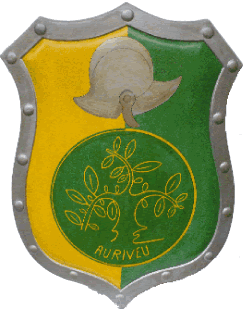 |
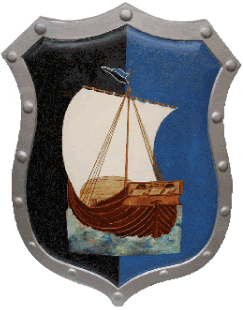 |
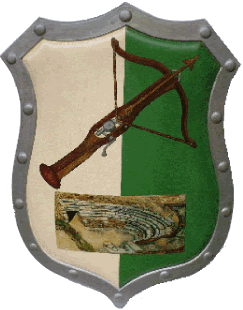 |
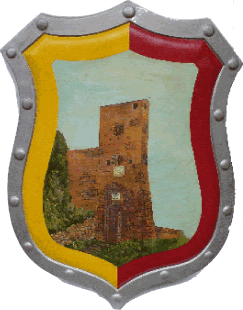 |
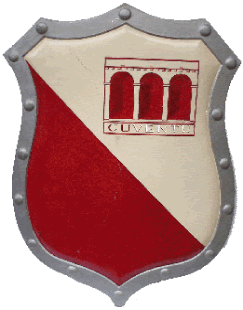 |
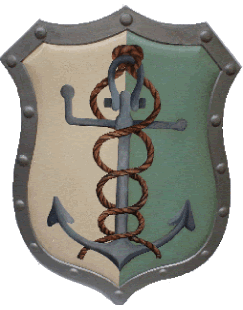 |
||
| ENTE AGOSTO MEDIEVALE | AURIVEU | BURGU | CAMPU | CIASSA | CUVENTU | MARINA | ||
| rievocazioni | albo d'oro |
|
SESTIERE AURIVEU (OLIVETO) A.D. 2008
Capitano: Roberto Balbo
Rievocazione Storica: IL VESCOVO ALESSANDRO FREGOSO ED IL CLERO VENTIMIGLIESE |
|
In quel momento storico la nostra città trova insediato nella sede episcopale il Vescovo Alessandro FREGOSO (figlio naturale di Paolo Fregoso, Arcivescovo, Cardinale e Doge di Genova) inviato a Ventimiglia nel 1511, per la seconda volta, da Papa Giulio II°. Era personaggio dalla personalità complessa, più incline ad una vita secolare che non alla cura delle anime. Nel suo primo mandato (era stato eletto nel 1487 da Papa Innocenzo VIII°) aveva trasformato il Palazzo Vescovile in un ritrovo di cospiratori non disdegnando, nei momenti di estremo bisogno, di impegnare anello, pastorale ed arredi sacri. Nel suo secondo incarico, il FREGOSO continuò ad essere più interessato alle fortune materiali del suo casato che all’ufficio pastorale e nel 1518 rinuncia nuovamente al Vescovado ed all’abito talare per indossare l’armatura e diventare condottiero di un piccolo esercito assoldato con l’oro avuto da Papa Leone X°.
L’ÉVÉQUE ALESSANDRO FREGOSO ET LE CLERGÉ DE VINTIMILLE. Alessandro FREGOSO (fils naturel de Paolo Fregoso, Archevêque , Cardinal et Doge de Gênes) que le Pape Jules II avait envoyé pour la deuxième fois à Vintimille, en 1511, était à l’époque évêque de notre ville. C’était un homme d’une personnalité complexe, porté plutôt à une vie laïque qu’à la charge d’âmes. Pendant son premier mandat (le pape Innocent VIII l’avait élu en 1487) il avait transformé le Palais Épiscopal en un lieu de réunion de conspirateurs, osant même, en cas d’extrême nécessité, engager l’anneau pastoral, la crosse et les objets sacrés. Pendant sa deuxième charge, FREGOSO continua à être plus intéressé aux biens matériels de sa famille qu’a sa charge pastorale et en 1518 il renonça à nouveau à l’évêché et à la soutane pour revêtir la cuirasse et devenir capitaine d’une petite armée enrôlée avec l’or du Pape Léon X.
DER BISCHOF ALESSANDRO FREGOSO UND DER VENTIMIGLIESISCHE KLERUS. In jenem historischen Moment war Im Episkopat unserer Stadt der Bischof Alessandro FREGOSO (natürlicher sohn von Paolo FREGOSO, Erzbischof, Kardinal und Doge von Genua) eingesetzt. Dieser Bischof wurde, zum zweiten Mal, vom Papst Giulio II im Jahre 1511 nach Ventimiglia gesandt. Er war eine zwiespältige personlichkeit, mehr dem materiellen leben, als der seelsorge zugewandt. Bei seinem ersten mandat (er wurde im Jahre 1487 vom Papst Innocenzo VIII ernant) hatte er den Bischofssitz in einen Treffpunkt von Verschwörern verwandelt. In den schwierigsten momenten hatte er sogar seinen Bischofsring und andere kirchliche objekte versetzt. Während seines zweiten mandates fuhrte der Bischof Fregoso sein interesse weiter, lieber an das materielle vermogen seines Geschlechtes, als auf den Pastoralamt zu achten. Im Jahre 1518 verzichtete er wieder auf das Episkopat und auf den Talar, um die Sturmhaube aufzusetzen und Führer einer kleinen Armee (angeworben mit dem Gold vom Papst Leone X) zu werden.
THE BISHOP ALESSANDRO FREGOSO AND THE CLERGY OF VENTIMIGLIA At the historical moment on the Episcopal seat was the Bishop Alessandro FREGOSO (natural son of Paolo FREGOSO, Archbishop, Cardinal and Doge of Genoa), sent to Ventimiglia in 1511, for the second time, by Pope Giulio II. He had a complex personality, more inclined to a secular life rather than the care of souls. In his first mandate (he was appointed in 1487 by Pope Innocenzo VIII) he had transformed the Bishop’s Palace into a meeting place for conspirators, not disdaining, in moments of extreme need, the pawning of the pastoral ring and holy items. During is second appointment FREGOSO continued to be more interested in the material fortune of his family than the pastoral office, and in 1518 he renounced once more to the bishopric and cassock to wear a harmour and became the leader of a small army, recruited with the gold from Pope Leone X. |